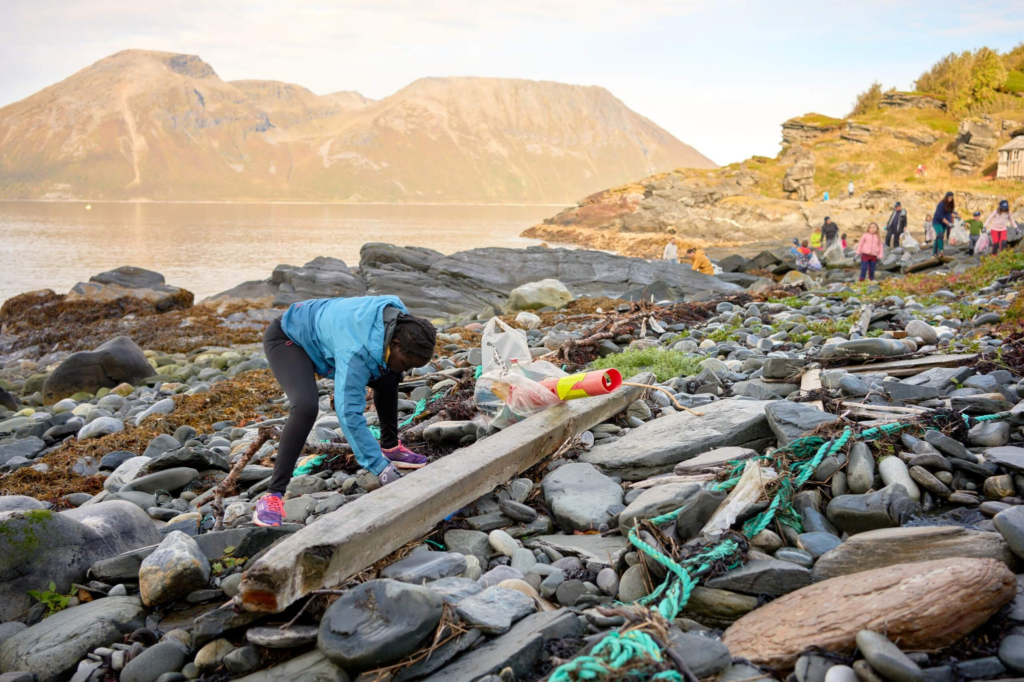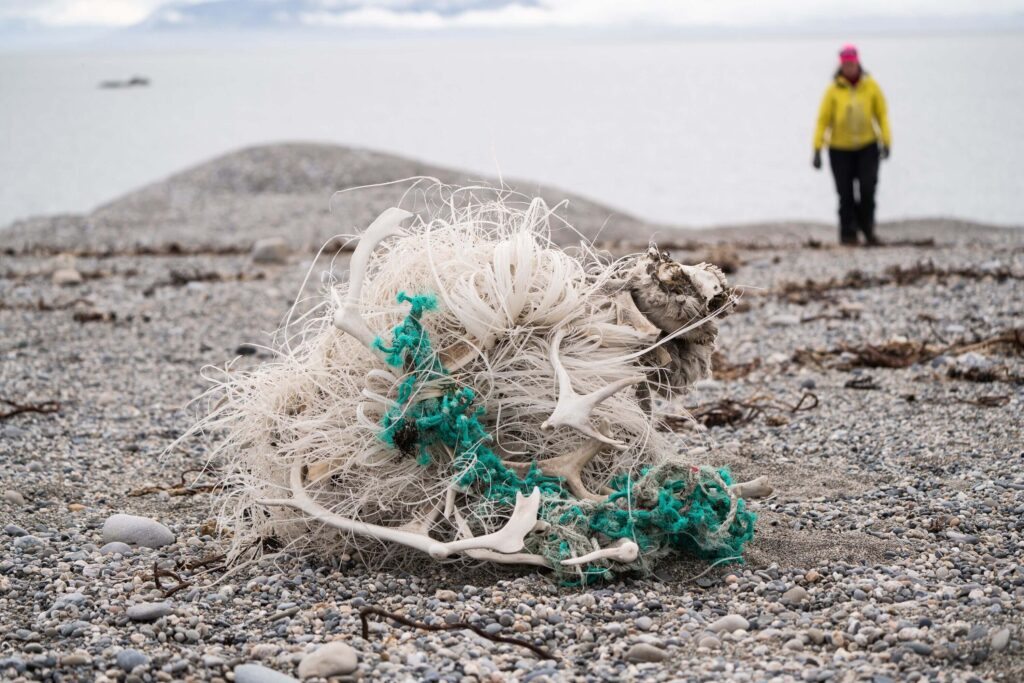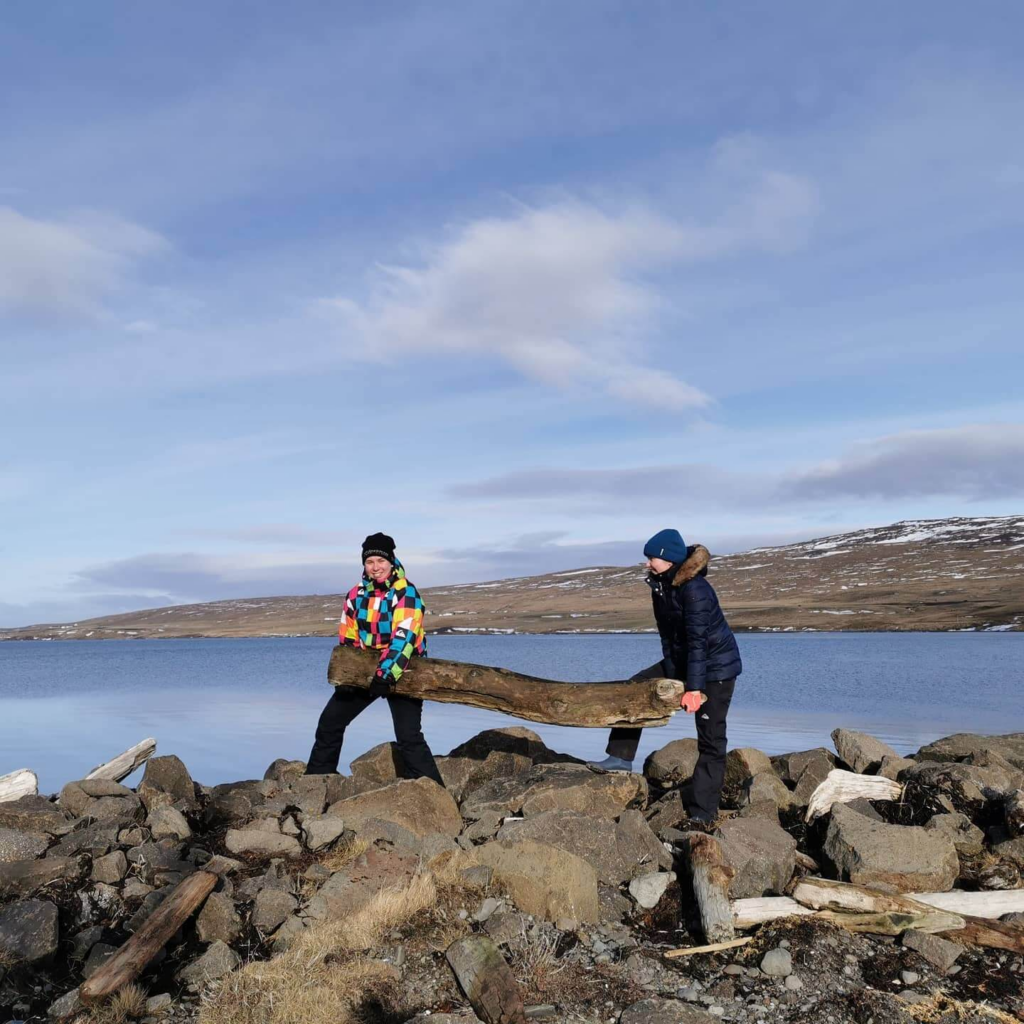About Arctic Cleanup
Arctic Cleanup is an international collaborative project that has worked against litter in Arctic regions since 2021. Volunteer cleanups in Iceland, Norway, Alaska and Greenland are gathering knowledge through citizen science. Building a network with participants in the project is an important part, and digital meetings and fieldwork keep the local partners connected.
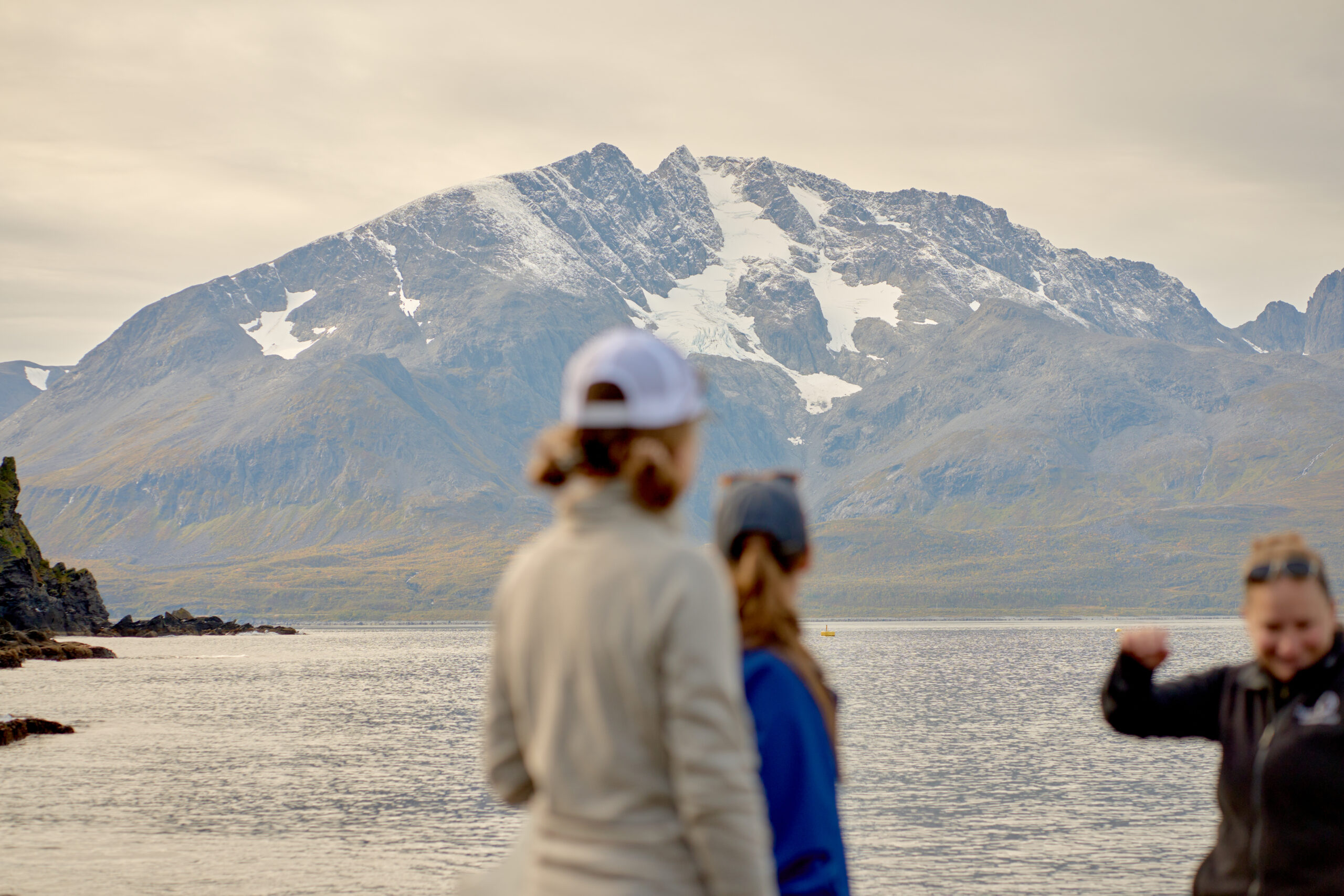
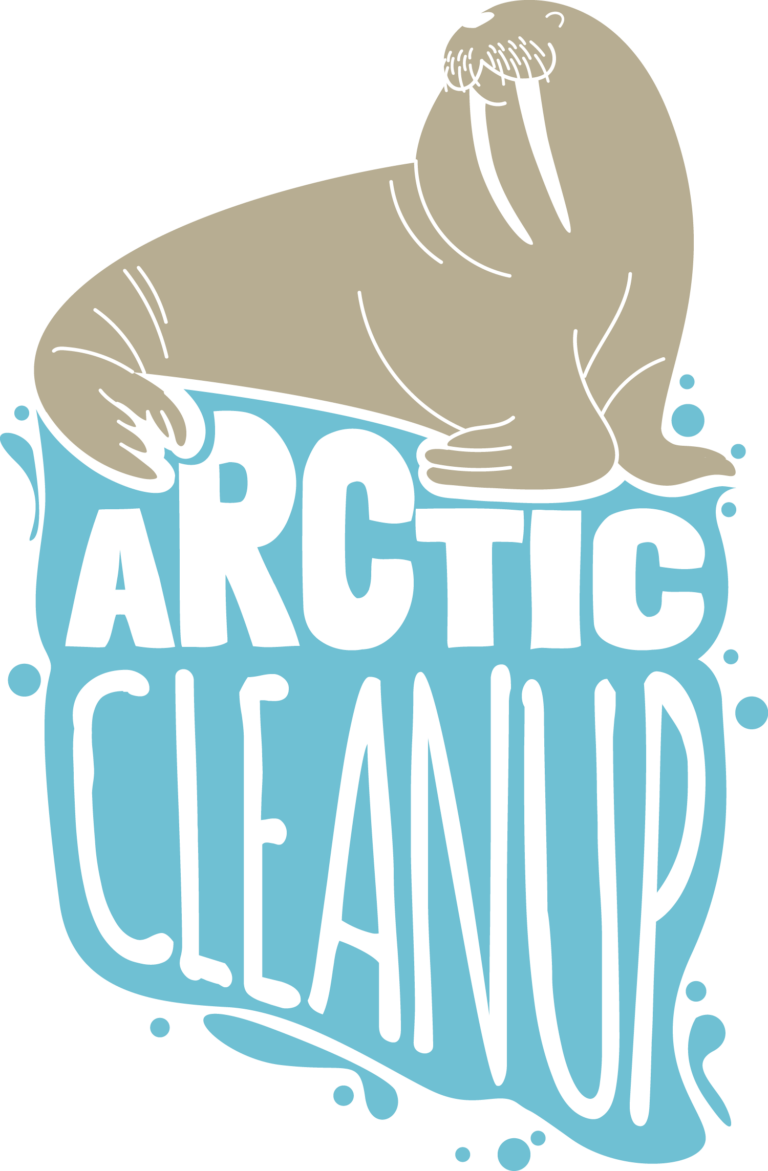
Why Cleanup in the Arctic?
Littering is a challenge, even in Arctic regions. Cleaning up in the Arctic is demanding due to harsh weather conditions, vast distances, and limited options for waste management.
Key objectives of Arctic Cleanup:
- Foster collaboration across cleanup actors in the Arctic and strengthen local actors through funding and collaboration.
- Engage volunteers in cleanup efforts in the Arctic.
- Gather knowledge on littering through citizen science.
- Develop and maintain a protocol adapted to voluntary cleanup efforts in the Arctic.
- Disseminate knowledge about littering locally and regionally.
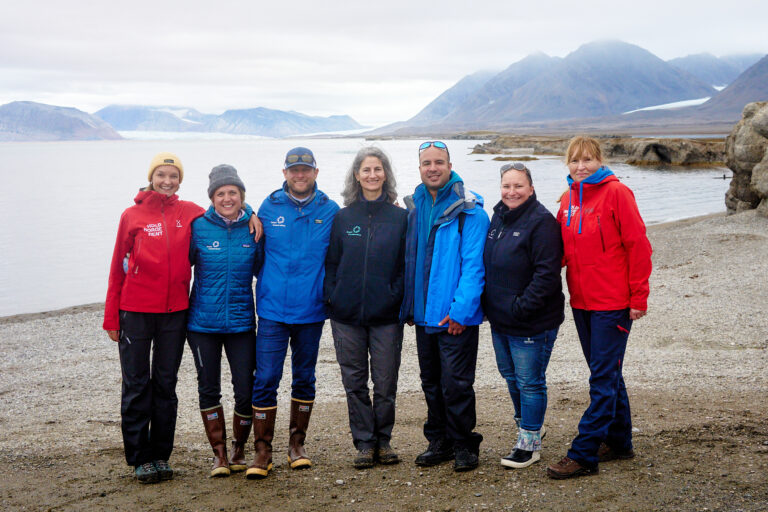
Arctic Cleanup – An International Collaboration
The project is based on international cooperation with the goal of gathering knowledge to reduce and prevent littering in Arctic and sub-Arctic regions.
The project aims to engage and raise awareness among local populations in the region through cleanup efforts and data collection. The collaboration aims to mobilize increased voluntary cleanup in the Arctic while also gathering more knowledge about littering in the region through citizen science.
In all regions, volunteers conduct cleanup actions and record findings in a protocol developed by Ocean Conservancy and Keep Norway Beautiful.
Arctic Cleanup is part of the Arctic Council‘s Regional Action Plan on Marine Litter under PAME (Protection of the Arctic Marine Environment). Arctic Cleanup is funded by The Norwegian Ministry of Climate and Environment and Ocean Conservancy.
Results from citizen science 2021 – 2024
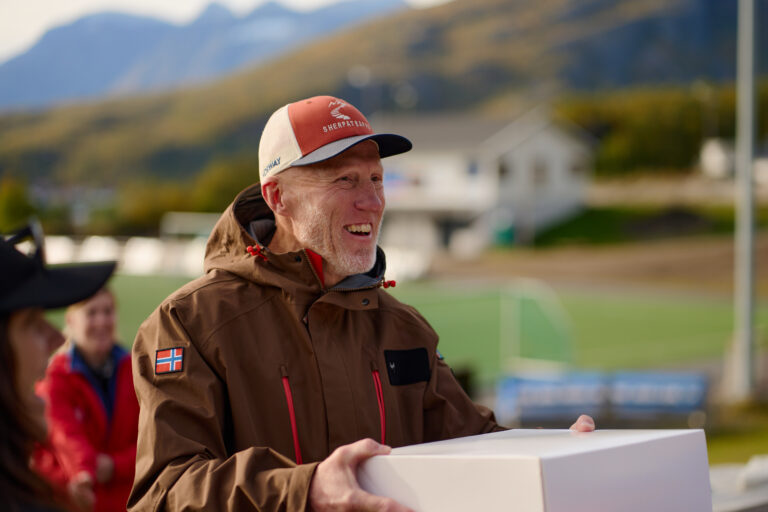
Doing beach cleaning in the far north of Norway is demanding. There are long distances here. Many places are uninhabited, and several of the villages along the coast are sparsely populated, and a large part of the population is quite old. Several places have never been cleaned, which means that a lot of the waste is old and embedded in the terrain. Not least, a lot of bad weather and big waves makes it demanding and sometimes dangerous to work with beach cleaning with the ocean close by.
– Hugo Tingvoll, Finnmark Friluftsråd
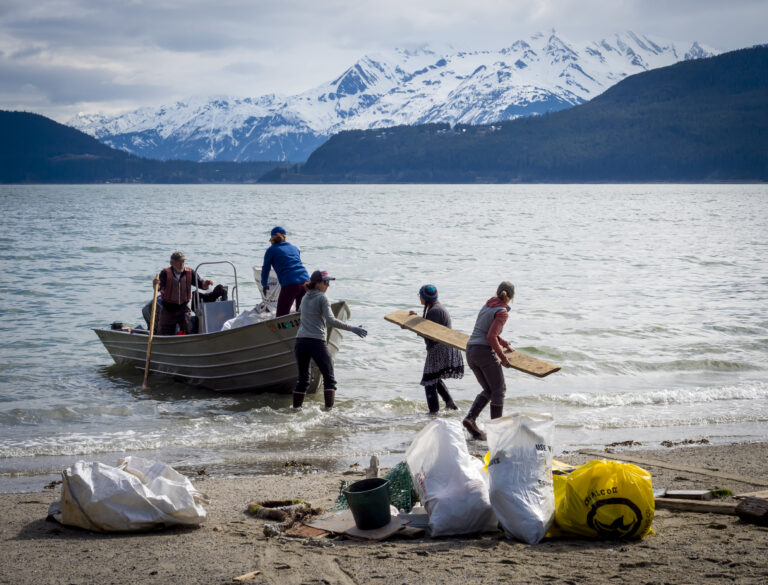
Collaboration partners
Finnmark Friluftsråd (Norway)
Naturvernforbundet i Troms og Finnmark (Norway)
World Wide Friends / Veraldarvinir (Iceland)
Innovation South Greenland (Greenland)
Ocean Conservancy (Alaska) – coordinates 12 different cleanup groups
Documents and reports
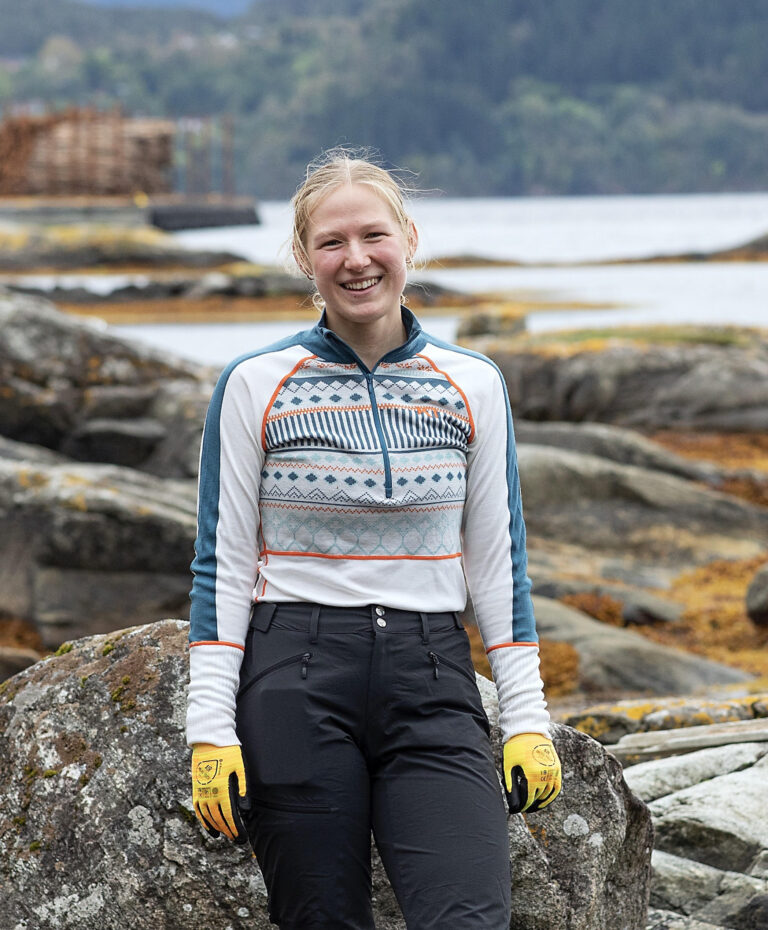
Want to know more?
Get in touch with project manager Ingeborg Rønning.
